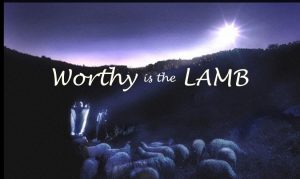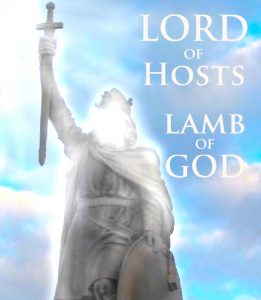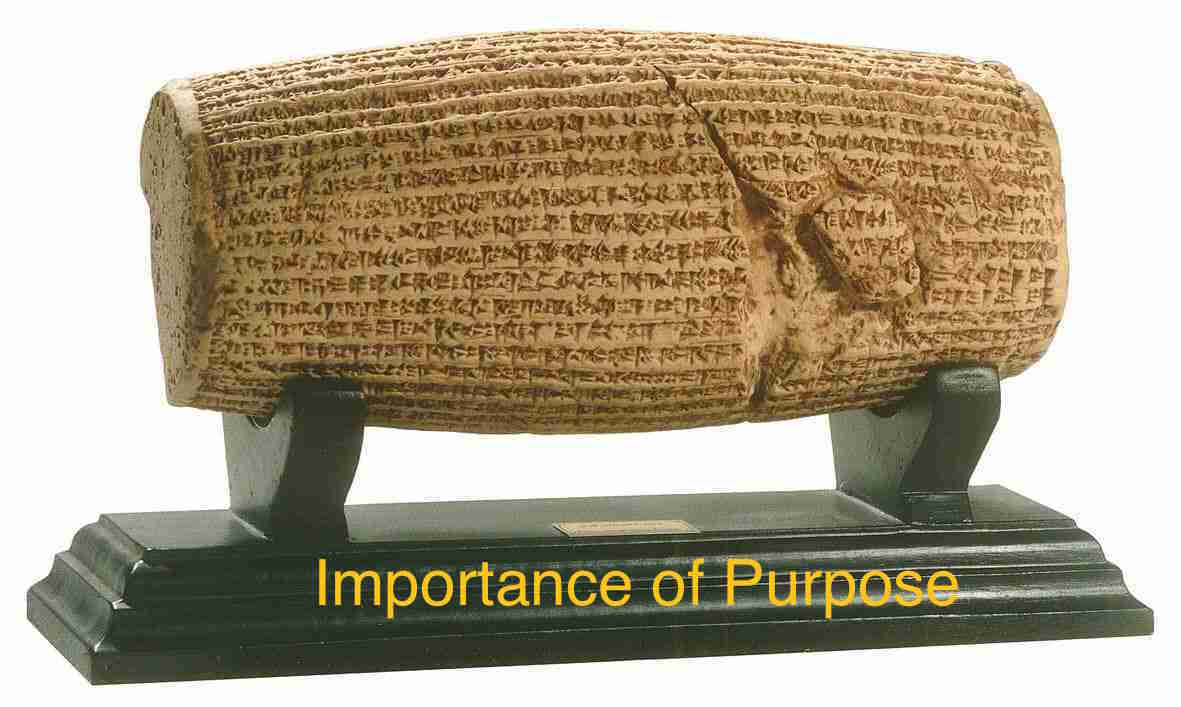Why a Series on the Nature of God
Our religious Christian world offers many divergent teachings on the Nature of God. Many of these teachings have their roots in the centuries after the death of Christ. They are often a syncretistic blending of philosophy and religion, that tries to explain what scripture means through a variety of lenses, from historical to allegorical. So as a result we now have many competing views that try to explain the nature of the Father and the Son and their relationship.
Why John’s Vision of God is Vital
This series on the nature of God, looks at the scriptures through the lens of the apostle John’s writings. Why? He was the last of the disciples of Christ, who wrote in a time of religious turmoil at the end of the first century. Being the last surviving eye-witness to Jesus life, death, and resurrection, many believe John was given the responsibility of codifying the Greek scriptures, in the same way that Ezra assembled the Hebrew scriptures. John had access to the works of all the previous writers. So, he wrote to the church to clarify many issues that had become muddied over the decades due to the influence of gnosticism, and a rising tide of anti-Jewish sentiment. His work provides some foundational understanding that will undergird our study of God’s revelation and guide us in examining the Greek and Hebrew scriptures.
 Face to Face with God
Face to Face with God
John’s gospel is unique. In his writings he clarifies matters that were not covered in the 3 synoptic gospels of Matthew, Mark, and Luke. It is John who tells the reader explicitly that Jesus said no one had seen God, the Father, at any time. Nor had anyone heard God the Father, except Jesus who was sent by the Father. For those who take the scripture as their guide, and who believe every word of God is inspired, this presents a dilemma.
 The Word of God — I AM
The Word of God — I AM
What did Jesus say about himself, and his life before his birth as a human? The Pharisees of his time wanted to know. “Who are you?” They were dumbfounded by the authority that Jesus seemed to possess, as he did not fit any of their preconceptions. So what was Jesus’ response to the religious leaders of his day?
Son of God — Son of Man
These names, Son of God — Son of Man, are at the heart of Jesus’ mission and his relationship with the Father. Jesus told his disciples that he came to give eternal life to those who would see his glory when he returned. But Jesus also knew that many would not accept the authority that the Father had given him, as Son of God — Son of Man. Do you?
Worthy is the Lamb of God
The book of Revelation penned by John gives us a detailed description of the Lamb of God and his roles in the Father’s step-by-step plan to save humanity. Learn more about your Messiah, his past, present, and future.
Lamb of God, Lord of Hosts
John’s vision of the Lamb of God, Lord of Hosts, was too fantastical for the religious leaders of the time to accept. From their perspective it was blasphemous, and contradicted the scriptures. Their view of the Messiah, and God, was limited by their traditional understanding. They could not conceive of two divine beings who were both God — the Word and the Father. Nor could they accept that the Word, the one through whom the Father created all things, became Jesus the Messiah. So let’s examine the evidence.












